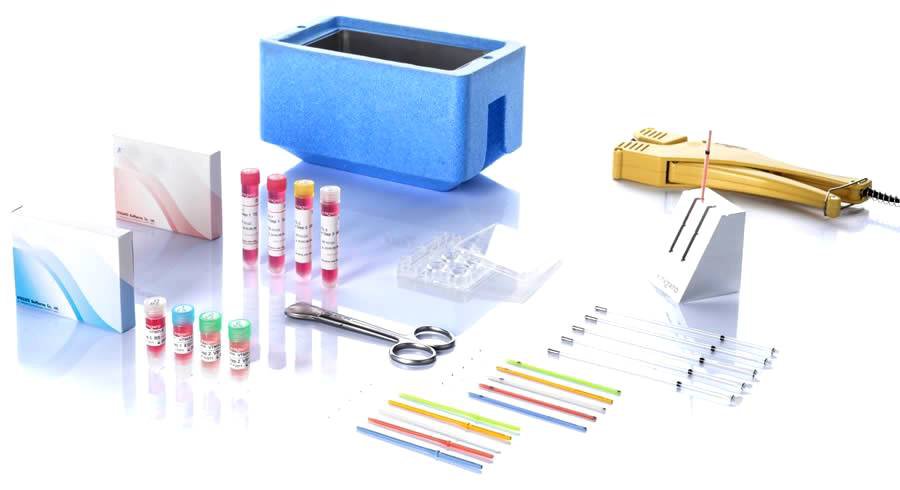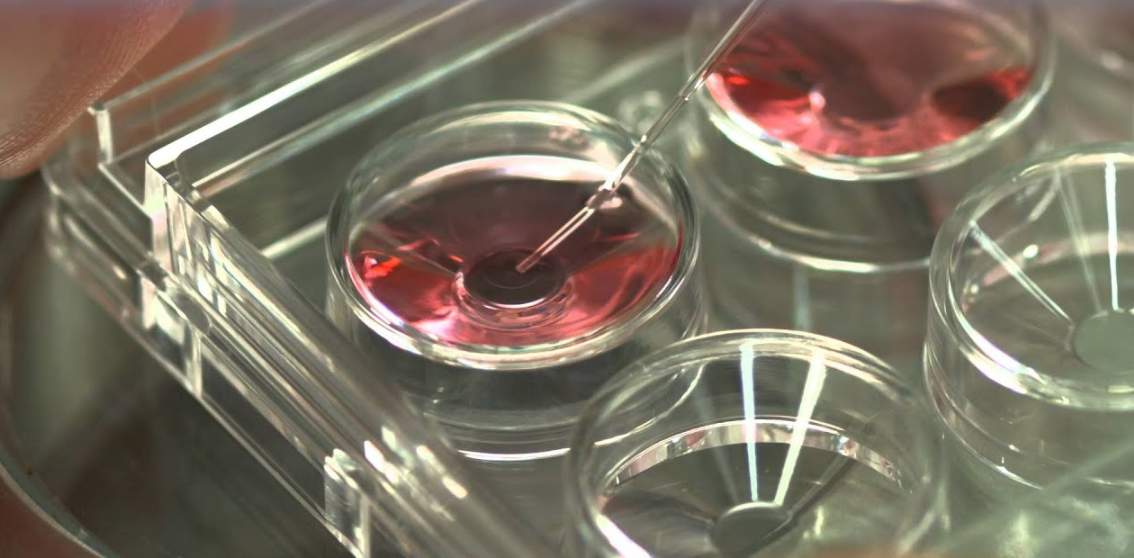Refrigeration and thawing of oocytes by vitrification
The article is professionally consulted by MSc, BS. Nguyen Thi Nhu Trang - Reproductive Support Center - Vinmec Times City International General Hospital. The doctor has strengths and experience in performing specialized techniques in the IVF Lab such as ICSI, biopsies for preimplantation genetic diagnosis, thawing embryos, oocytes...
Many fertility centers used to worry about the success rate of the oocyte cryopreservation cycle because the oocytes after thawing may die or lose quality. However, now widely practiced vitrification oocyte cryopreservation can significantly reduce this concern.
1. Vitrification method
The vitrification method is the process of cooling an ovum or embryo sample with a very fast time in which the entire mass of matter inside and outside the cell turns into a glass-like form, especially without the formation of glass. crystallization within the cell sample and avoids ice crystal damage during hypothermia. This is a simple and easy-to-implement freezing method that can save time, materials and equipment as well as give a higher embryo survival rate, higher embryo implantation rate than the previous slow freezing method. Currently, freezing and thawing by vitrification is a technique being researched and applied in treatment by IVF centers in the region and the world.
In the past, freezing oocytes was a very difficult challenge to do because oocytes are different from embryos which are very vulnerable to temperature changes during freezing and thawing. With the advent of cryopreservation by vitrification, oocyte cryopreservation has been widely and routinely used in in vitro fertilization. Most recent studies show that using vitrification significantly improves the rate of oocyte survival after thawing, the rate of good embryogenesis and blastocyst formation, as well as the pregnancy rate, while reducing the miscarriage rate after embryo transfer.
In the past, freezing oocytes was a very difficult challenge to do because oocytes are different from embryos which are very vulnerable to temperature changes during freezing and thawing. With the advent of cryopreservation by vitrification, oocyte cryopreservation has been widely and routinely used in in vitro fertilization. Most recent studies show that using vitrification significantly improves the rate of oocyte survival after thawing, the rate of good embryogenesis and blastocyst formation, as well as the pregnancy rate, while reducing the miscarriage rate after embryo transfer.

Hệ thống thủy tinh hóa sử dụng trong phương pháp thủy tinh hóa
2. Oocyte defrosting process
When the patient has a need to use frozen oocytes and is ready for pregnancy, the oocytes will be thawed and fertilized with sperm by ICSI method. Ovulation thawing is performed after the lining of the uterus has been prepared for the woman.

Môi trường đặc thù trong quy trình rã đông noãn
3. Possible risks during freezing and thawing of eggs
The risks of ovulation mainly appear in 2 processes:
Risks from ovulation: During ovulation, a very low risk that the patient may have is the occurrence of hyperovulation. ovarian stimulation, especially in patients with polycystic ovary syndrome. Risks during cryopreservation: The oocyte is not only the largest cell in the human body, but also the most structurally complex. Therefore, through the process of freezing and thawing, the cell skeleton structure and organelles in the ovum are easily changed. These effects can halt the development of the ovum as well as the subsequent division of the embryo. Some studies also suggest that frozen oocytes will reduce the ability to fertilize compared to fresh oocytes, as well as reduce the implantation rate of embryos.
Risks from ovulation: During ovulation, a very low risk that the patient may have is the occurrence of hyperovulation. ovarian stimulation, especially in patients with polycystic ovary syndrome. Risks during cryopreservation: The oocyte is not only the largest cell in the human body, but also the most structurally complex. Therefore, through the process of freezing and thawing, the cell skeleton structure and organelles in the ovum are easily changed. These effects can halt the development of the ovum as well as the subsequent division of the embryo. Some studies also suggest that frozen oocytes will reduce the ability to fertilize compared to fresh oocytes, as well as reduce the implantation rate of embryos.

Quy trình trữ phôi phải được thực hiện tại cơ sở y tế uy tín
Reproductive techniques at Vinmec IVF Fertility Center are performed by a team of highly qualified and experienced doctors and experts, capable of synchronously and comprehensively deploying techniques. The most advanced assisted reproductive technology today, helping to realize the dream of parenthood of hundreds of families across Vietnam.
Để đặt lịch khám tại viện, Quý khách vui lòng bấm số HOTLINE hoặc đặt lịch trực tiếp TẠI ĐÂY. Tải và đặt lịch khám tự động trên ứng dụng MyVinmec để quản lý, theo dõi lịch và đặt hẹn mọi lúc mọi nơi ngay trên ứng dụng.
Bài viết này được viết cho người đọc tại Sài Gòn, Hà Nội, Hồ Chí Minh, Phú Quốc, Nha Trang, Hạ Long, Hải Phòng, Đà Nẵng.






